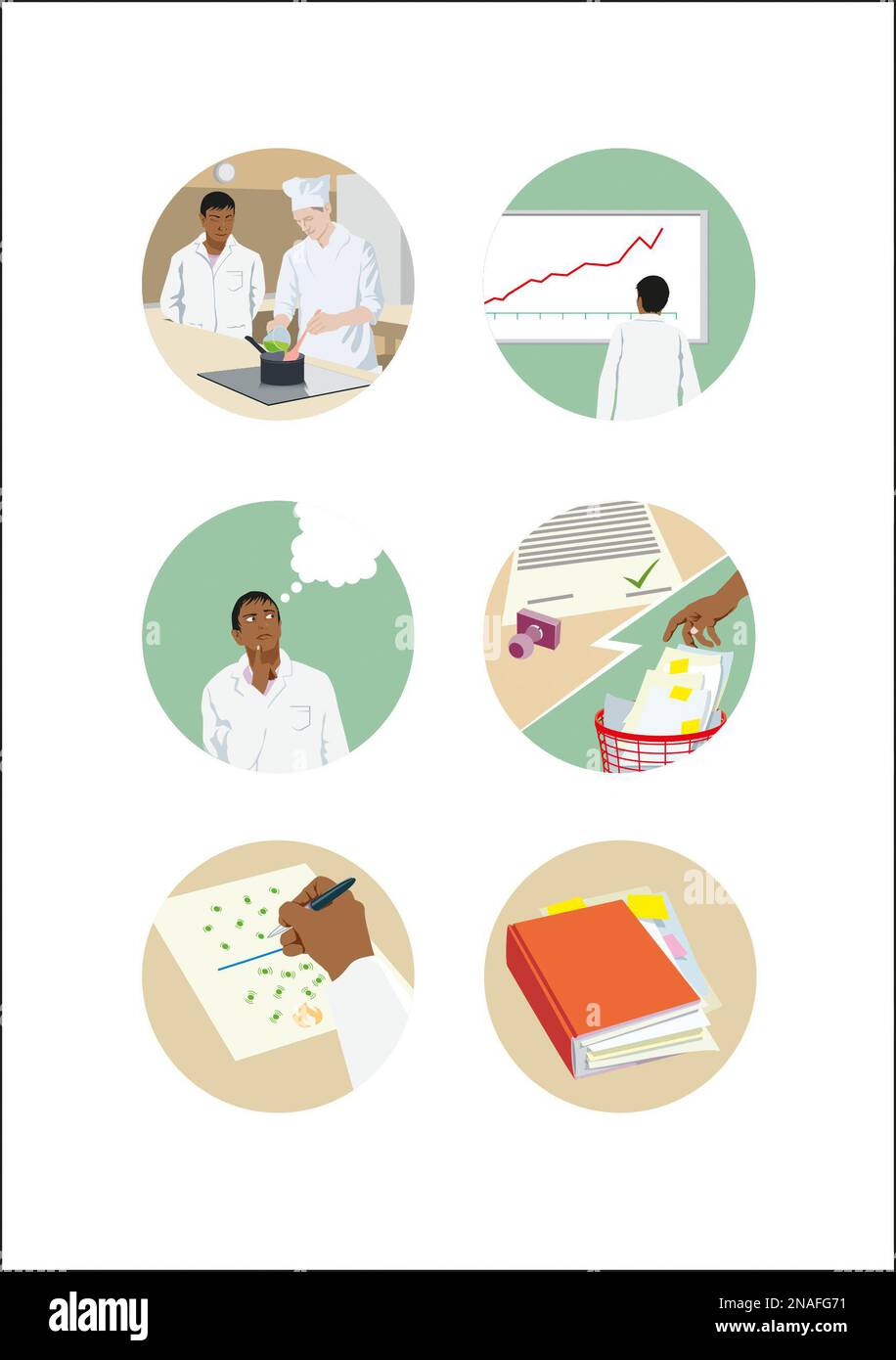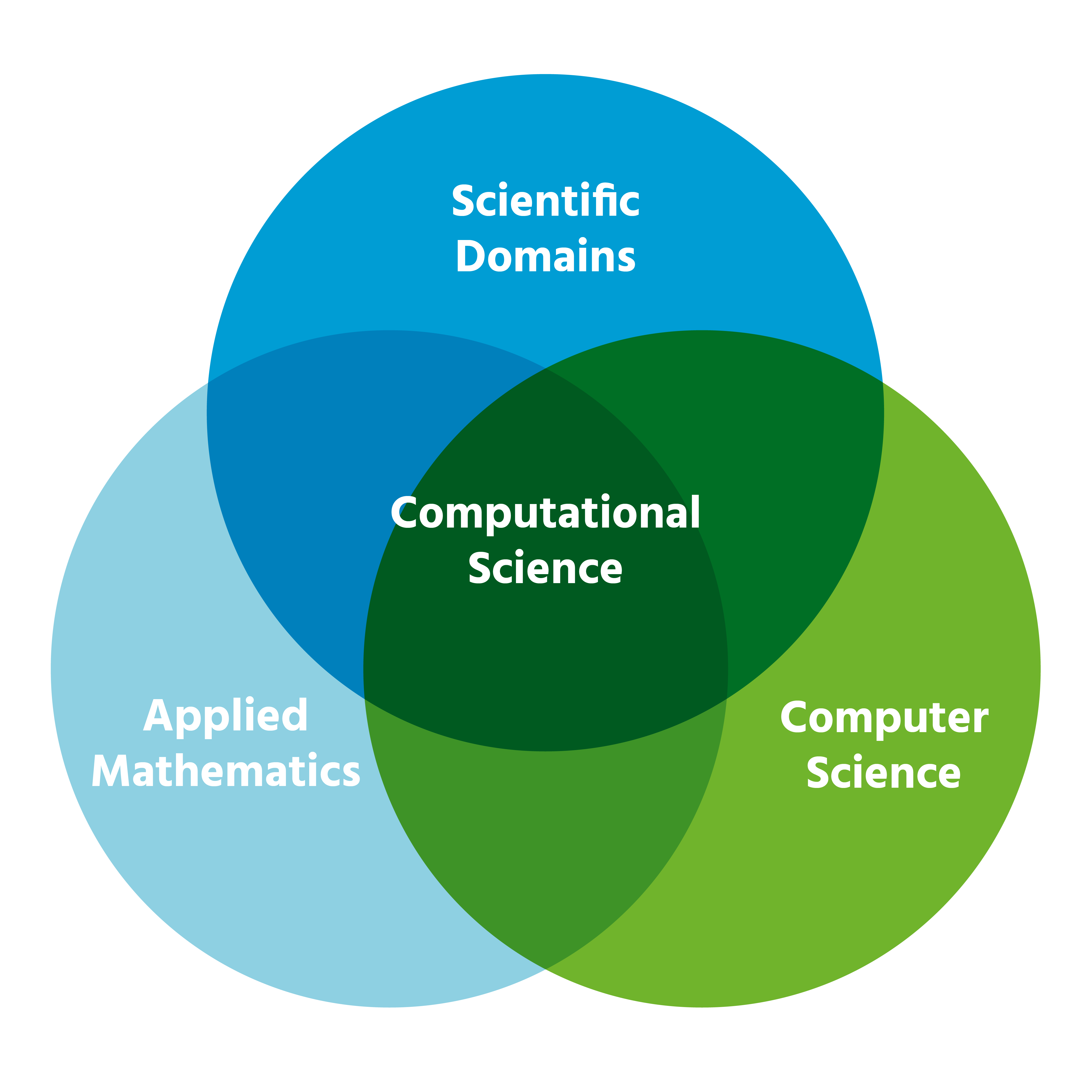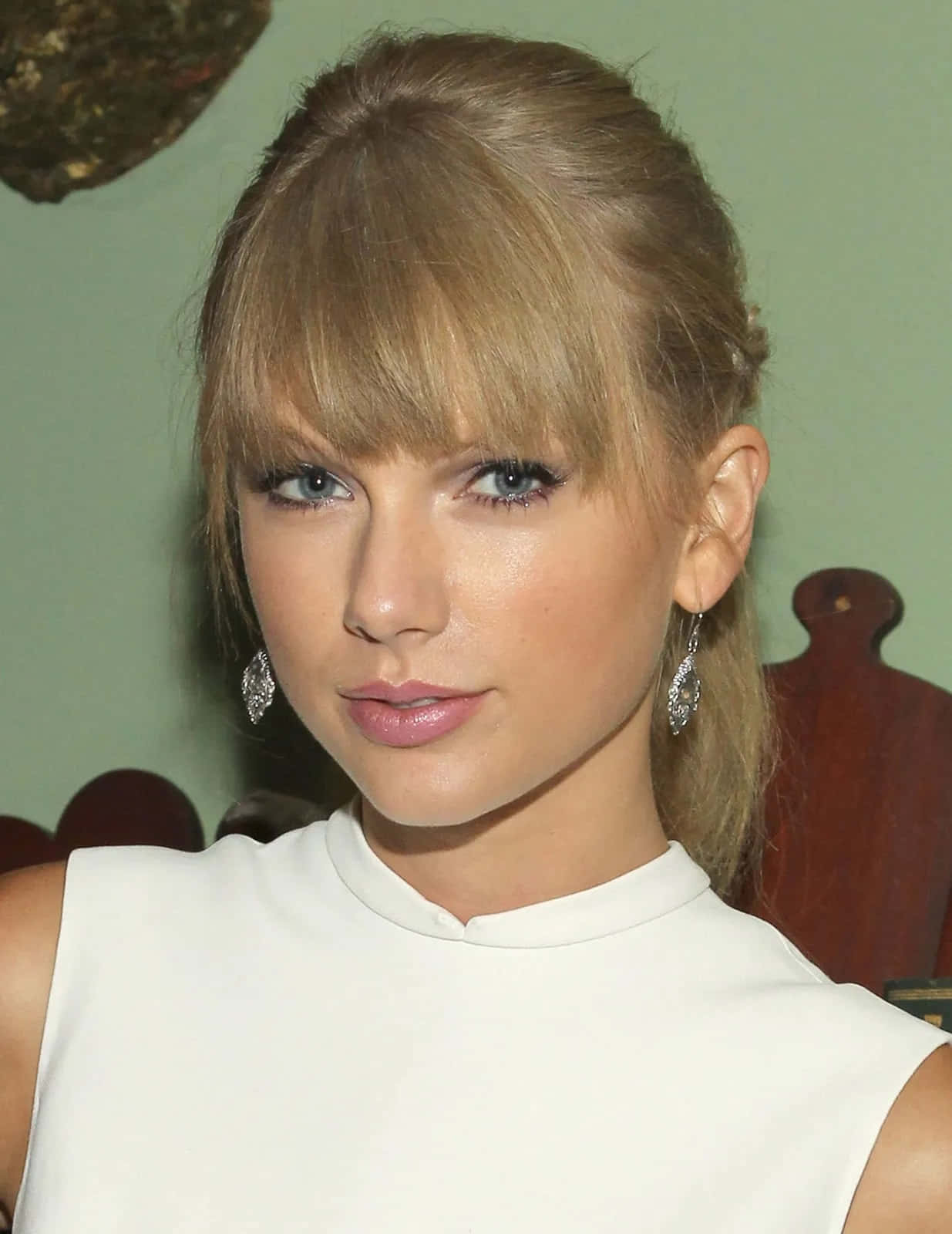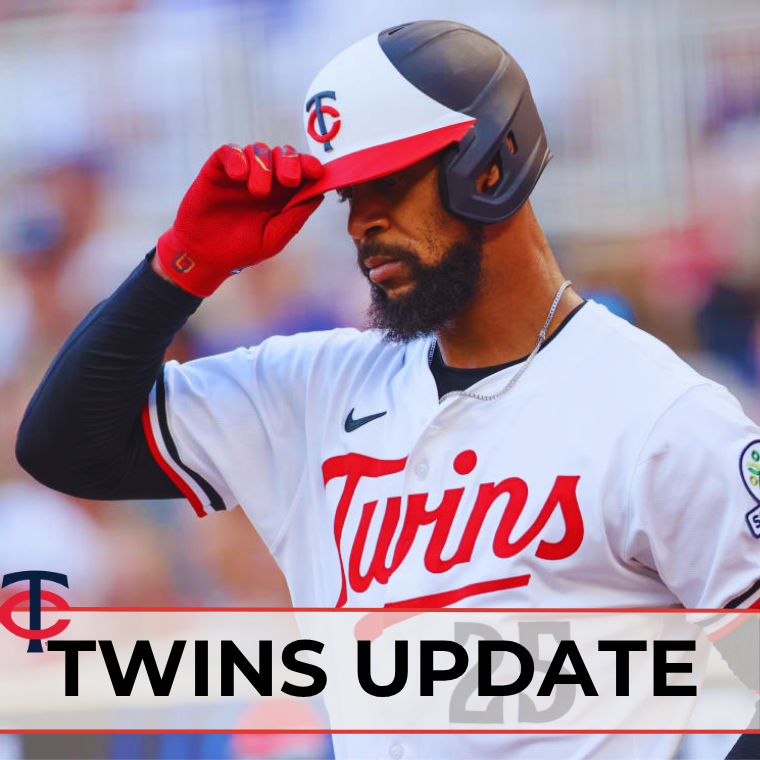Examining the Downsides of NIL: Why Name, Image, and Likeness May Challenge College Sports
Introduction: The Transformative Rise of NIL in College Sports
Since July 2021, college athletes in the United States have been able to profit from their Name, Image, and Likeness (NIL), marking a fundamental change to the amateur model that defined NCAA athletics for decades. While NIL rights have empowered athletes to monetize their brands-leading to a surge in sponsorships and personal income-the system has also introduced significant challenges and controversies within collegiate sports. This article examines the core reasons why NIL is considered problematic for the traditional college sports landscape, provides real-world examples, and offers guidance for stakeholders navigating these changes.
How NIL Reshapes the Financial Landscape of College Sports
NIL deals have fueled a dramatic influx of money into college athletics. In the first year alone, student-athletes earned nearly $917 million from NIL agreements, with projections suggesting that annual revenue could exceed $1.14 billion as more companies and collectives participate [3] . However, this surge has not been distributed evenly across all athletes or programs. High-profile football and basketball players at major universities often command the largest deals, while athletes in less visible sports or smaller schools may see little to no NIL-related income.
The recent shift toward direct revenue sharing further complicates matters. As of July 2025, NCAA member schools can pay athletes up to $20.5 million annually, with the cap expected to rise to $32 million in coming years. Despite the appearance of fairness, the average payout per athlete will likely mask a steep disparity: a handful of stars will collect substantial sums, while most athletes will receive minimal amounts [5] . This uneven distribution of income has contributed to several pressing issues discussed below.
Key Challenges Created by NIL in College Sports
1. Disruption of Team Cohesion and Dynamics
NIL’s most profound impact may be on team culture. When some players secure lucrative deals and others do not, it can foster jealousy, resentment, and a sense of division within teams. Coaches and athletic directors have expressed concerns that team unity is being replaced by individual ambition, especially when players prioritize personal branding over collective goals [4] .
For example, in high-profile programs, quarterbacks or star athletes may receive sponsorships worth millions, while their teammates earn far less. This disparity can erode trust, diminish morale, and undermine on-field performance. Teams are now tasked with fostering inclusivity and shared purpose despite these new financial divides.
2. Erosion of Competitive Balance
NIL has intensified the competition among universities for top talent. Prospective athletes now factor a school’s NIL infrastructure and marketability into their decisions, shifting the recruitment landscape. Schools in large markets or with affluent alumni bases can offer better NIL opportunities, potentially widening the gap between powerhouse programs and smaller institutions [3] .
According to recent data, NIL collectives spent 824% more in June 2025 than a year earlier, with “front-loading” of deals becoming common as schools and boosters compete to sign top recruits [2] . This arms race can lead to a “rich get richer” dynamic, where only the most resourced programs remain competitive, potentially undermining the parity that has long made college sports compelling.
3. Impact on the Student-Athlete Experience and Academic Mission
The influx of NIL money has shifted some athletes’ priorities from education to personal brand development and financial gain. While many can balance academics and entrepreneurship, others may find the demands of maintaining deals, managing social media, and meeting sponsors’ expectations overwhelming. There are also concerns that some athletes may prioritize short-term earnings over long-term educational and career development.
Moreover, the pressure to monetize NIL may lead some athletes to transfer schools frequently in search of better opportunities, further destabilizing team rosters and the academic continuity that college athletics traditionally promoted [4] .
4. Increased Influence of Third-Party Collectives and Booster Groups
One of the most controversial elements of NIL is the rise of third-party collectives-organizations that pool resources from boosters, alumni, and businesses to facilitate NIL deals for athletes. These groups often operate outside the direct control of universities, raising concerns about transparency, compliance, and potential “pay-for-play” schemes. Recent regulatory changes have established new oversight bodies, such as the College Sports Commission and the NIL clearinghouse, to monitor large transactions and prevent abuse [5] .
Nonetheless, the rapid growth of these entities has complicated the enforcement of NCAA rules and increased the risk of recruiting violations, further challenging the integrity of college sports.

Source: dreamstime.com
Practical Guidance for Navigating the NIL Landscape
If you are a student-athlete, parent, coach, or administrator seeking to understand and navigate the challenges of NIL, consider the following steps:
- Research your state’s NIL laws and your school’s policies. Each state and institution may have unique rules regarding permissible activities and reporting requirements. Contact your university’s compliance office for guidance.
- Consult with trusted advisors-such as compliance officers, legal counsel, or certified agents-before signing any NIL agreement. Many schools have created NIL education programs and may provide referrals to vetted professionals.
- Maintain a focus on education and long-term career planning. While NIL offers immediate financial benefits, balancing athletics, academics, and personal growth remains crucial for future success.
- If you are concerned about team culture or dynamics, communicate openly with coaches and teammates to address issues of fairness and inclusion.
- For questions about compliance or to report potential violations, locate the appropriate oversight agency (such as the College Sports Commission or your school’s compliance office) via official university or NCAA channels.
Alternative Approaches and Future Outlook
Some universities are experimenting with team-wide endorsement deals, ensuring that all athletes receive some level of compensation and reducing the risk of resentment. Others are developing NIL collectives with transparent governance and compliance programs to avoid regulatory pitfalls. Industry experts recommend that all stakeholders-schools, athletes, and sponsors-prioritize ethical standards and educational outcomes alongside financial goals.
As NIL regulations continue to evolve, it is important for anyone involved in college sports to stay informed through official NCAA updates, university compliance resources, and independent news outlets covering college athletics policy.
Summary and Key Takeaways
The NIL era in college sports presents unprecedented opportunities for athletes but also brings complex challenges that affect team unity, competitive balance, and the traditional mission of collegiate athletics. By understanding the potential downsides and proactively seeking guidance, stakeholders can better navigate this rapidly changing landscape while preserving the values that have long defined college sports.

Source: emergingrnleader.com
References
- [1] Cherullo, DC (2023). Evaluating the Effect of NIL Laws on College Athletic Revenue.
- [2] CBS Sports (2025). Data shows staggering boom in June NIL deals as college sports enters historic revenue sharing era.
- [3] Davis, K (2025). NIL deals: How college athleticism is reshaping the economy.
- [4] APU (2024). How Has NIL Changed College Sports Like College Football?
- [5] NCAA Revenue Sharing & NIL Estimates 2025
MORE FROM searchhole.com













